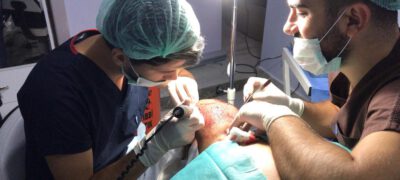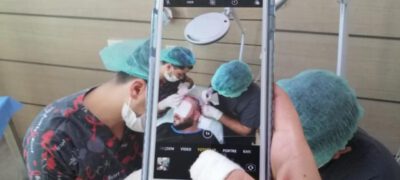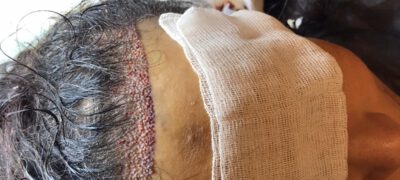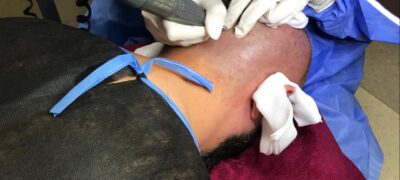Sağlık Turizmi Alanındaki Hizmetlerimiz
Estetik Cerrahi, Obezite Cerrahisi, Saç Ekimi ve Makyaj Sanatı alanlarında tedavi öncesi ve sonrası tüm organizasyonları planlıyoruz.
Türkiye’de sağlık hizmetlerini nasıl alabilirim?
Phoenıx Medıcal Tourısm

PMEDAC olarak, Türkiye’de sağlık turizmi alanında Estetik Cerrahi, Obezite Cerrahisi, Saç Ekimi ve Makyaj Sanatı alanlarında tedavi öncesi ve sonrası tüm organizasyonları planlıyoruz. Sağlık Turizmi kapsamında Vip Transfer, Tercümanlık, Konaklama, Şehir Turları gibi hizmetleri vermekteyiz.
Misafirlerimizin ihtiyaçları olan diğer konularda da yardımcı olmaktayız. Türkiye’ye gelen hasta ve yakınlarına Türkiye’de geçirdikleri zamanı en iyi şekilde değerlendirmeleri için gerekli tüm organizasyonları planlıyoruz.
Saç Ekimi Nasıl Yapılır?
Danışanlarımızdan Fotoğraflar
Fotoğrafların devamı için tıklayın.
Anlaşmalı Hastanelerimiz

Şişli Memorıal
Piyalepaşa Blv. Şişli/İstanbul

Şişli Kolan Internatıonal
Kaptanpaşa Mah. Darülaceze Cad. No:14
Şişli/ İSTANBUL

Beylikdüzü Kolan Hospital
Adnan Kahveci Mah. Osmanli Cad. No: 23
Gürpınar / Beylikdüzü / İSTANBUL

Büyükçekmece Kolan Hospital
Fatih Mah. Fedakar Sok. No:3
Büyükçekmece / İSTANBUL
Turlarımız

İstanbul Turu

Kapadokya Turu

Uludağ Kayak Merkezi Turu
Detaylı bilgi için bizimle iletişime geçebilirsiniz.














